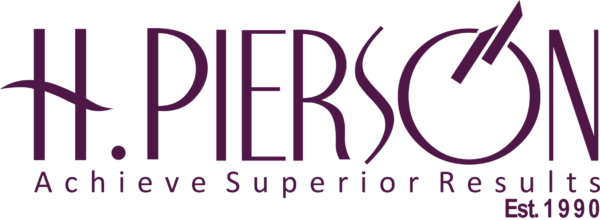A board’s culture is reflected in the traditions and habits that boards develop over time that set the standard for the way that board directors think and act. Good governance suggests that boards should enjoy a sense of mutual respect and collegiality. Culture is a fluid concept that grows and changes with time. Healthy, productive boards strive to achieve a strong and connected board culture. Boards should be cautious that culture can also form on its own and the shape that it takes doesn’t always benefit the board. By taking a strategic, thoughtful approach to molding the proper board culture, the board and its stakeholders benefit profusely.
There are distinct steps that boards can take to try to improve their culture. The first step begins with recognizing the importance that a healthy culture can have on an organization. The next step is to evaluate your organization’s current culture and make a conscious decision to work together toward improving it. Your board’s culture should hold an important and periodic place on your board meeting agenda. Creating a healthy board culture isn’t a “one and done” exercise. It’s important to review it and evaluate it periodically so that it becomes a regular goal for improvement.
-
Recognize the Importance of a Strong and Healthy Board Culture
Board culture begins with a thought or a concept. Building a strong culture requires taking the concept out of the mindset and putting it into practice. The board needs to communicate the desired culture and give it a voice. It starts by the board modeling the culture they want to see. In other words, it requires not just talking the talk but walking the walk.
It’s worth mentioning that boards can have teamwork without having a strong culture. Imagine how much stronger a board can be when it has both. The board gets its authority from the collective nature of the way it makes decisions.
-
Implement the Characteristics of a Strong Board Culture
While the culture forms as a result of the collective efforts of the board, every board member plays an important role in helping to form it. In order for the board to come together to build their culture successfully, they need to understand their company, their competitors, and the industry space. It’s helpful for managers to offer their perspective of what the culture is or should be. One way to get everyone on the same page with how to define their culture is to put it on the board agenda and discuss it.
Be inquisitive about how your board functions in action. Is there a balance between collegiality and directness? Are opposing views critical or constructive? Do board directors attack issues or each other? Do the majority of board members feel that they can speak to managers with candor? In conducting regular board self-evaluations, are enough of the questions dedicated toward culture? Does the nominating committee consider a board candidate’s views on culture during the interview process? Do candidates share a similar view of culture as the rest of the board?
-
Revisit the Topic of Culture During Times of Drastic Change
Significant changes within an organization can alter the culture quickly, especially when there are changes in leadership. Changes can affect culture negatively. Substantial changes in an organization can also present new opportunities to transform the culture into new and better dimensions.
Whenever an ethical issue arises, it’s wise to consider if there have been other ethical issues that were minimized or shoved under the carpet. When ethical concerns go unchecked, it bears a strong connection to the culture and signals the need for change.
A merger or acquisition is a major event that can seriously affect an organization’s culture. By working to achieve and communicate a new view of the culture, it shows that the organization is concerned about culture and is willing to give it the time and attention it needs.
The CEO or executive director has a strong impact on the culture of an organization. This is a good thing when the current CEO holds a strong view of the culture and models it well. Culture can become challenging during times of CEO succession. The new CEO will have a strong impact on if or whether the culture changes either positively or negatively moving forward.
-
Evaluate the Culture at Periodic Junctures
Once an organization achieves the desired culture, it’s important to monitor it. Often, an organization’s culture is only put to the test when it faces a crisis of some sort. A strong and healthy culture provides a good foundation for boards to be able to bounce back from challenges.
Boards can sometimes gauge culture by reviewing key management reports. Reports provide specific data on environmental issues, safety issues, and other concerns. How the board handles those issues can be very telling about the board’s culture.
Risks accompany opportunities. As boards work on risk management issues, it can quickly become apparent how far apart leaders are with their risk tolerance and how well it aligns with their strategy. By recognizing this fact, everyone can begin working toward realigning their perspectives in the interest of improving board culture.
-
Evaluate Whether the External View of Culture Matches the Internal View
While a board may believe that it is solid on its own view of culture, it’s important to consider whether its culture is strong enough and prominent enough to reflect the same culture outside of the company.
According to a 2015 survey cited by Heidrick & Struggles, the majority of boards appreciate the value of culture, but they don’t believe organizations put it into practice as often as they preach it. The survey showed that 87% of the organizations responded by listing culture and engagement as a top challenge.
About half of the organizations felt that shaping culture was an urgent issue.
Board evaluations may be one of the most viable ways to assess board culture. That’s one of the valuable features of a BoardEffect board portal system. In addition to offering boards the benefit of secure communications and a process for streamlined board meetings, the software has a survey tool built into the platform that’s perfect for doing regular assessments of board culture. With the combination of board director commitment and the right digital tools, organizations can begin enhancing their culture at the earliest possible time.
Author Lena Eisenstein 

